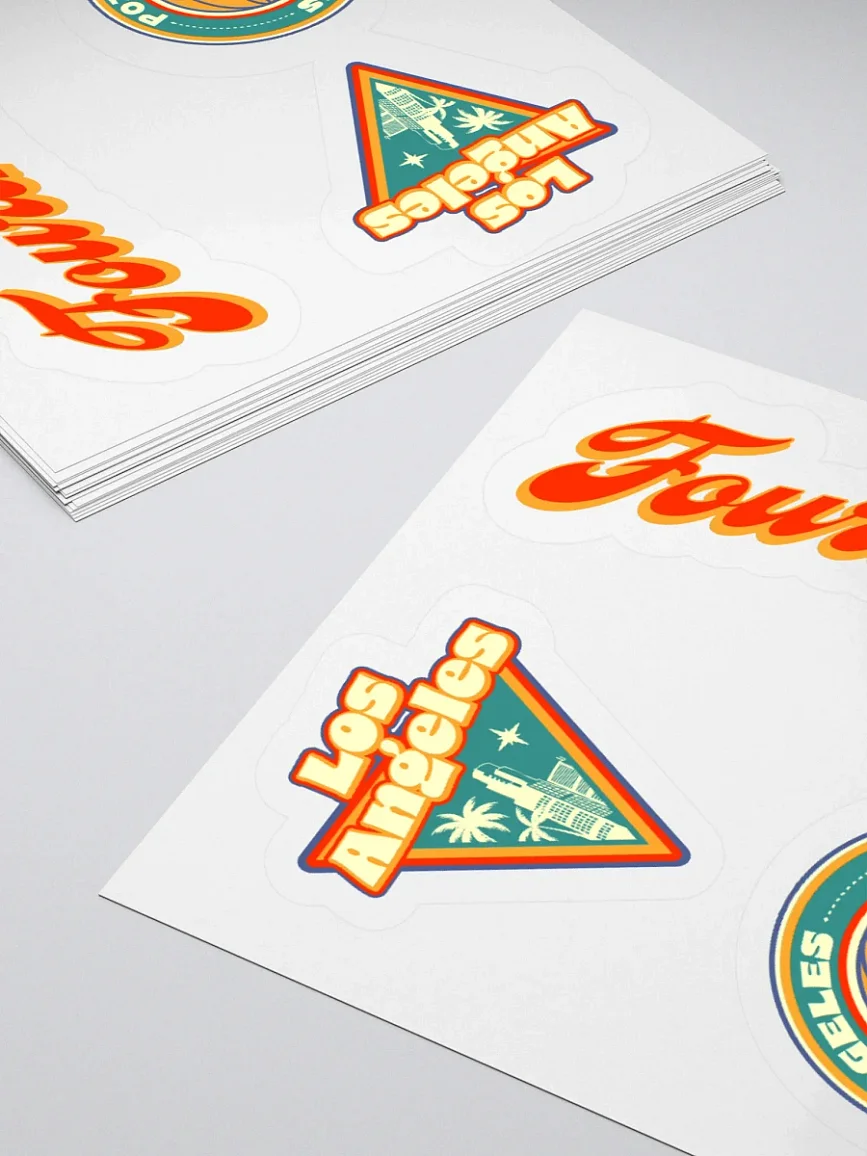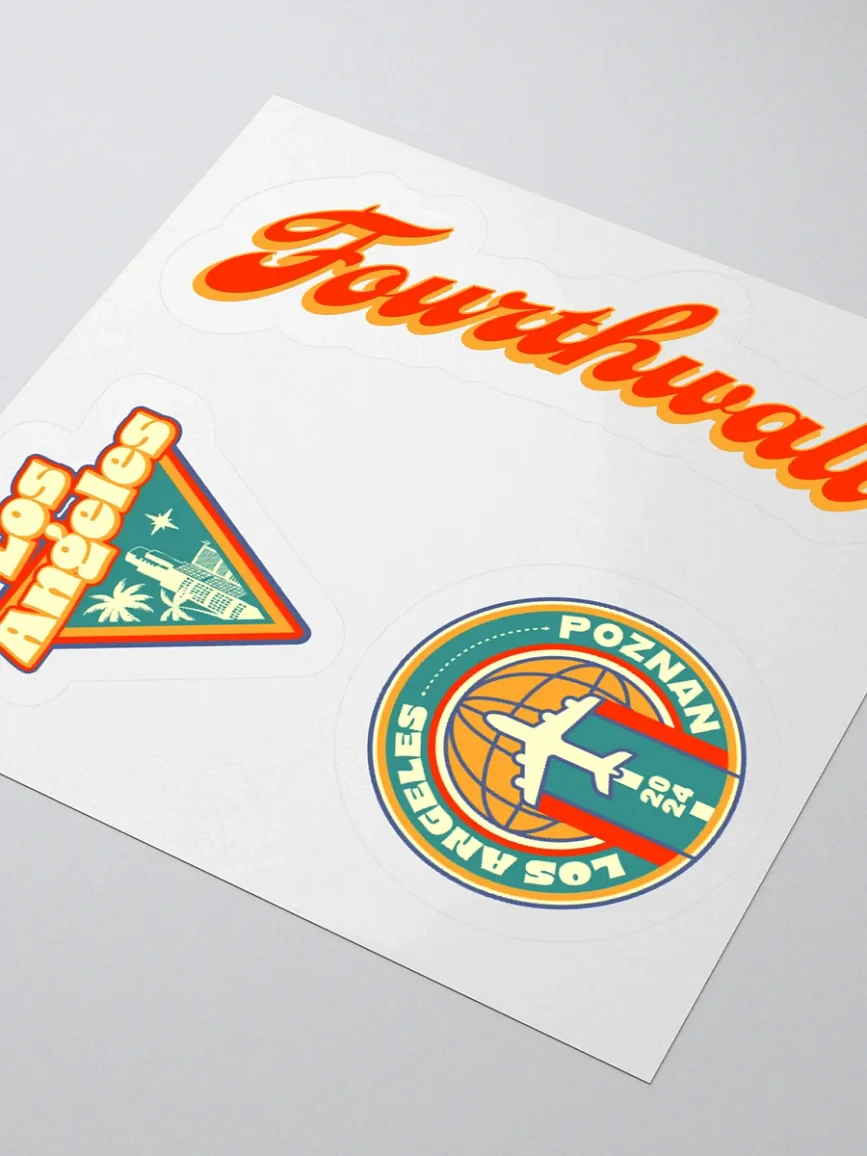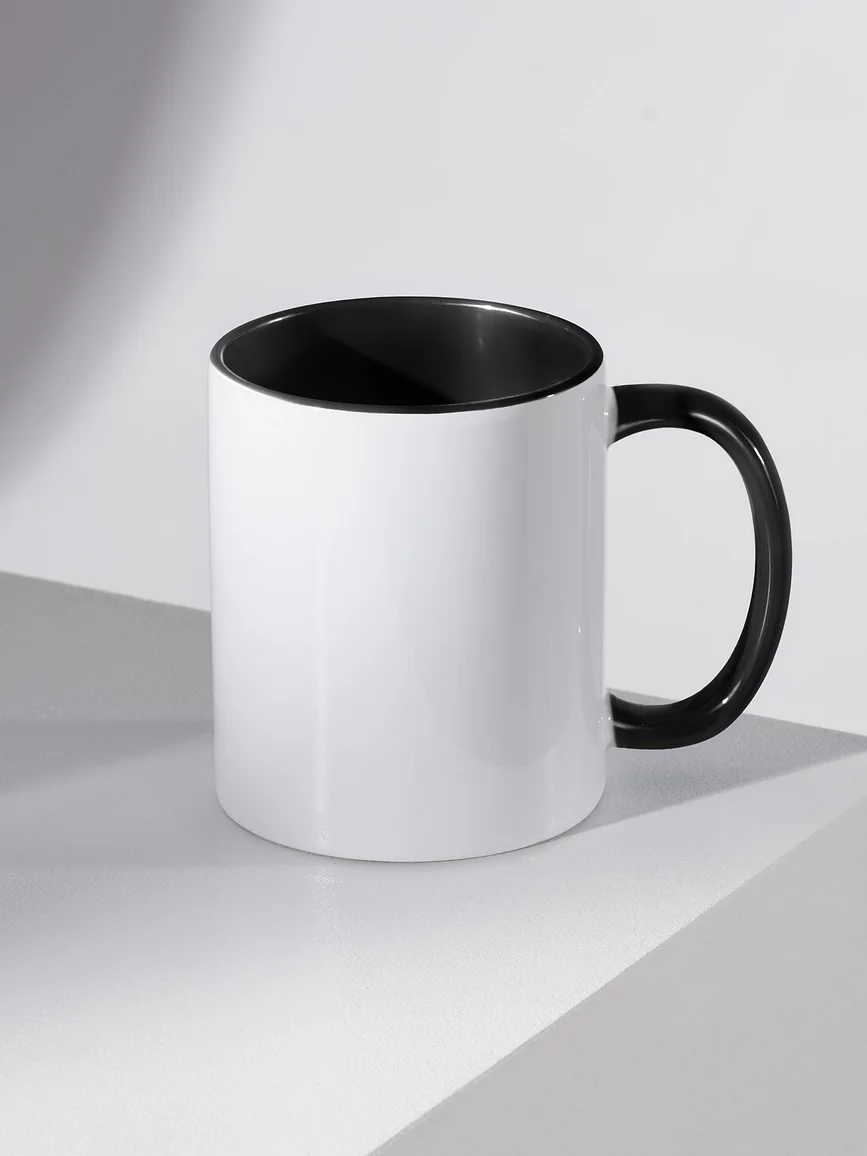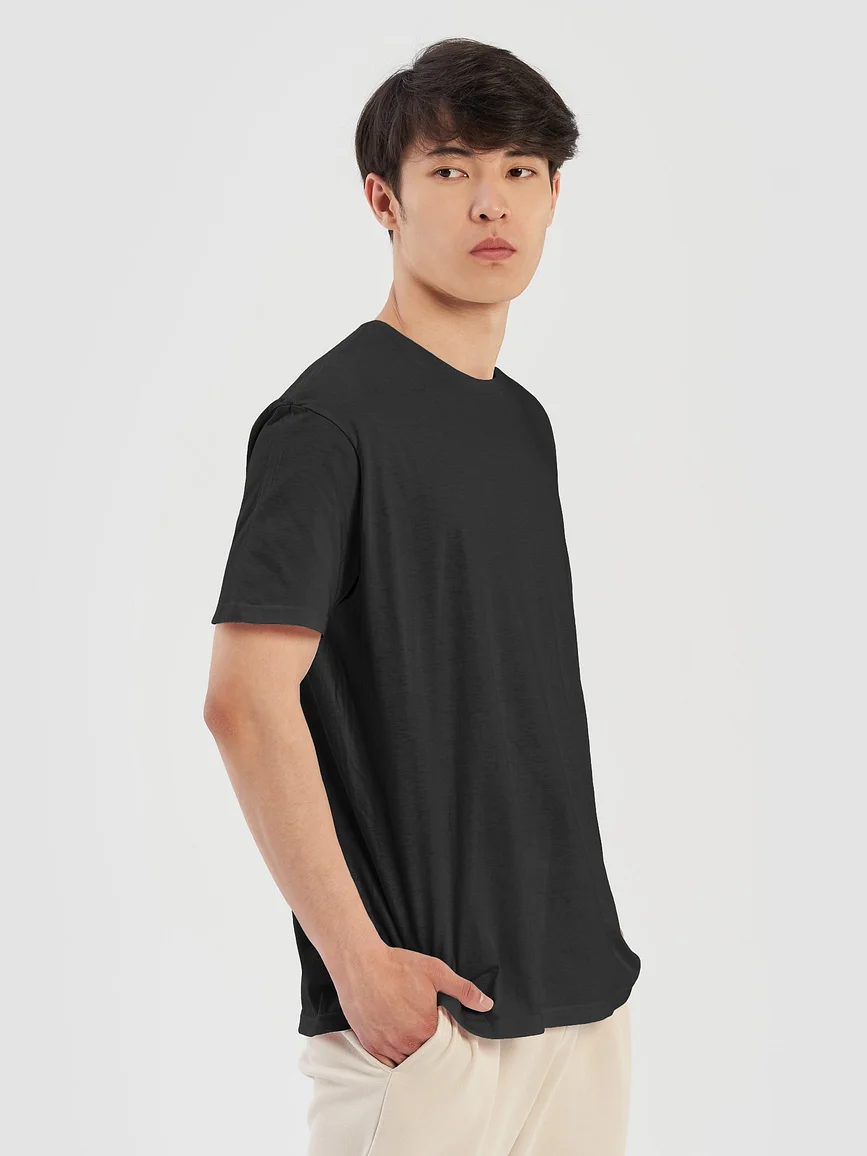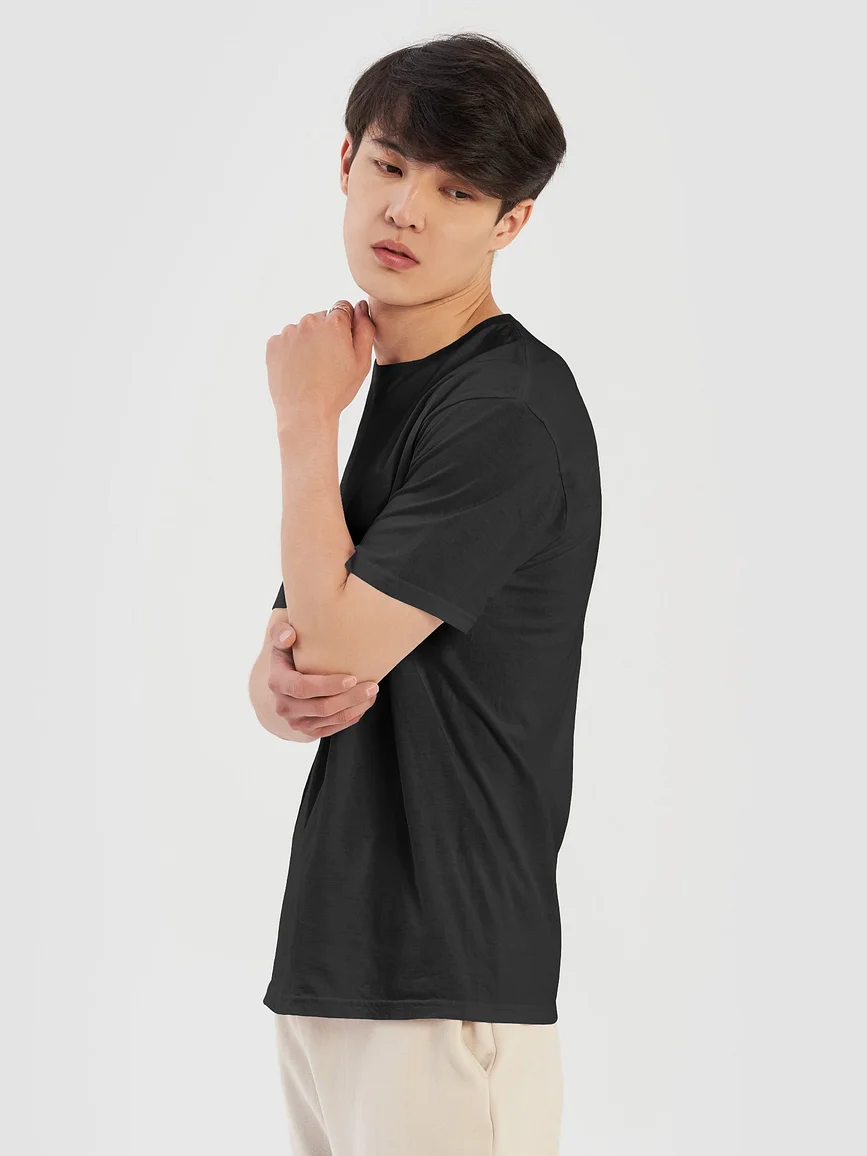What is Direct-to-garment (DTG) Printing?

Direct-to-garment printing, or DTG as it is known, is a printing process that started in the 1990s, but with the recent improvements in technology, it has become one of the most popular garment printing processes. Just like the name implies, DTG printing is a method using a specialized DTG printer that directly applies water-based ink to the fabric of the item being customized. The process is very similar to printing out a piece of paper from your printer at home except on a garment item like a t-shirt or hoodie. Because of this, DTG printing does not require a complex setup or separate screen for each color like screen printing and supports full-color printing. This made it a very popular printing method to print one-off items, which led to the on-demand printing movement. DTG's versatility extends to various fabrics, from t-shirts to a wide array of garments.
What does DTG mean?
DTG is the acronym used for direct-to-garment printing. Another term also associated with direct-to-garment printing is digital printing. One common confusion is referring to DTG in relation to on-demand printing. Although DTG is one method used in on-demand printing, they are not the same as there are many other printing methods that are also available in on-demand printing, like embroidery, sublimation, DTF, etc.
What products can be customized with direct-to-garment printing (DTG)?
DTG printing can be used when customizing fabric products like t-shirts, hoodies, joggers, tote bags, etc. The best fabric to work with for DTG printing is cotton because cotton threads have the power to absorb the ink that is used. DTG can also print on other fabrics like polyester, mixed fabrics (tri-blends), and others.
What designs work best with direct-to-garment printing (DTG)?
DTG printing is very flexible, with color options allowing you to print beautiful products at an affordable cost. However, there are certain tips to be followed to get the best possible results out of DTG printing.
- The first one is taking into consideration the colors of the garment being printed and the contrast with the design style and colors. For example, if you are printing in lighter garments (whites, greys, off-white, etc.), you should use deeper and darker colors in your designs.
- In DTG printing, bright colors and elaborate designs work the best. Try to use a wide variety of colors while making a design to be printed. For best results, you should create graphic designs in the sRGB profile as they match DTG printers’ colors the best.
- Finally, the one thing to avoid with DTG printing is transparency. Design elements with less than 100% opaque will not print properly with DTG. For best results, you should use solid colors or halftone design to mimic the transparency effect.
What is the difference between direct-to-garment printing (DTG) and Direct-to-film printing (DTF)?
DTG printing and DTF printing have many similarities between the two printing methods, like full-color capability, low-cost, almost no setup, can be utilized for on-demand printing, and many more. However, there are a few differences between them as well, like the DTG feel. Since the fabric soaks the ink used in DTG printing, the print can barely be felt by touch compared to other printing methods like DTF and screen printing.
Benefits of direct-to-garment printing (DTG)
Some of the advantages of direct-to-garment printing (DTG) are:
- Quality prints - With the wide range of colors DTG supports compared to other printing methods, DTG printing allows for a detailed and vibrant design to last.
- No minimums - The lack of setup makes DTG printing ideal for on-demand printing, eliminating the need for minimum order quantities (MOQs) and inventories.
- Environmentally friendly - The inks used with DTG printing are water-based inks that are more environmentally friendly than screen printing inks, and the no-minimums eliminate inventory waste of unsold items, reducing waste.
- Long-lasting - Because the ink gets soaked by the garment with DTG printing, the designs tend to last longer than other printing techniques
- Cost - DTG printing can be one of the most cost-effective printing methods for customizing products, especially when doing full-color designs.
Limitations of direct-to-garment printing (DTG)
Like other printing methods, direct-to-garment printing (DTG) has some limitations. Some of those are:
- Vividness - Since with DTG printing, the ink gets sprayed directly on the fabric, it soaks up the color; therefore, prints may not be as bright or vivid, especially with darker colors.
- Design limitations - With DTG printing, there are some design limitations like transparencies and very fine details as the ink gets soaked by the fabric
- Initial smell - Sometimes, DTG printing can leave a small vinegar smell in freshly printed products. This easily goes away after the first wash.
Related Topics / Questions








